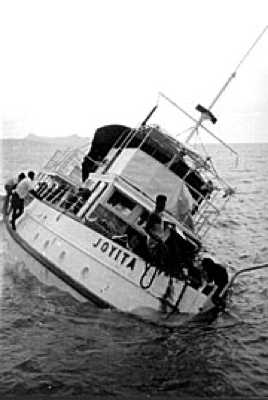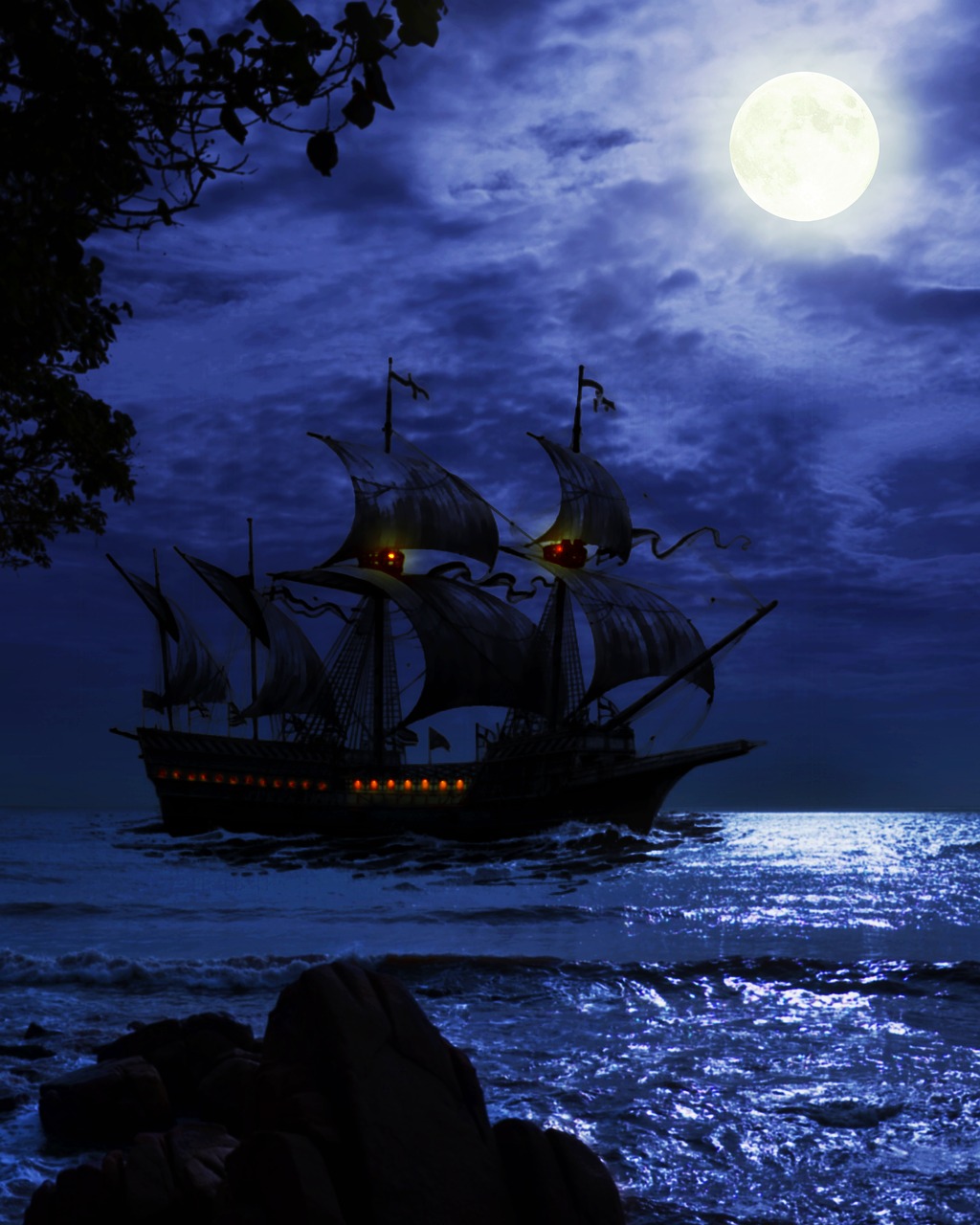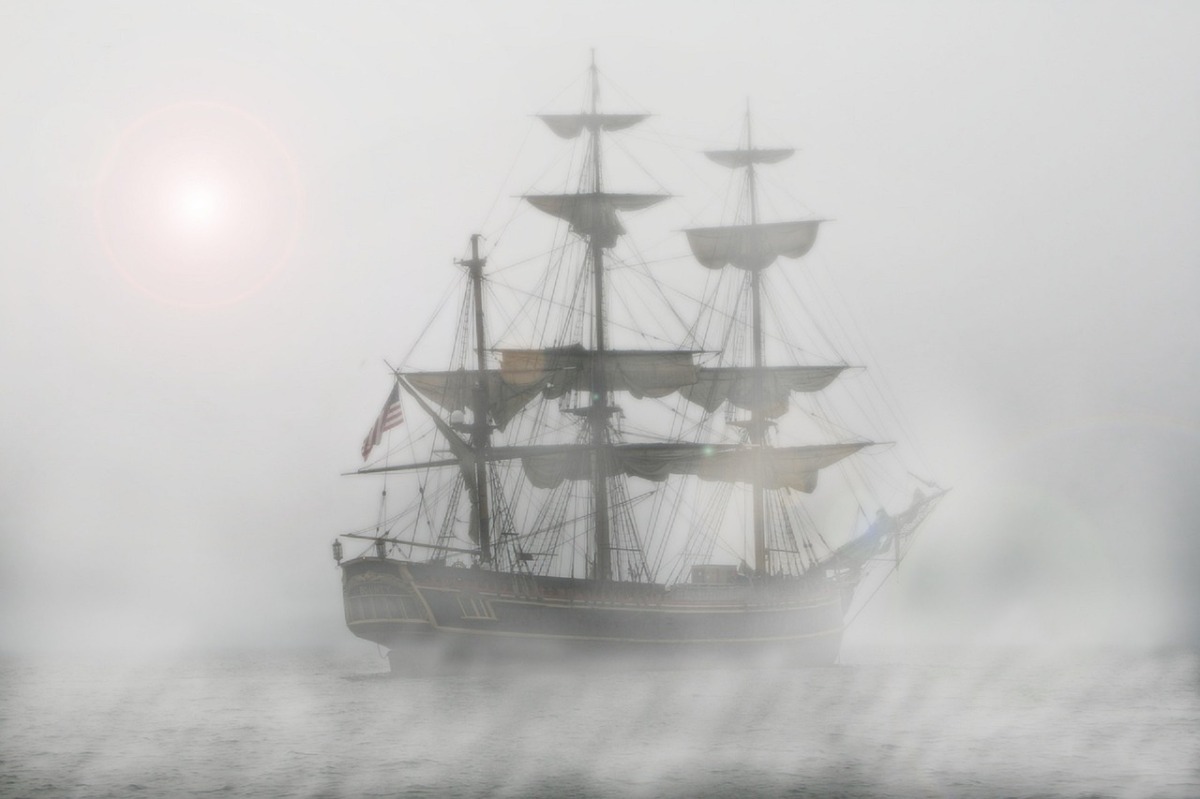The SS Valencia was a passenger steamer that met a tragic fate off the coast of Vancouver Island in 1906. Built in 1882, the Valencia was initially intended for service between New York and Venezuela. However, it was later repurposed for coastal service along the West Coast of the United States. On January 20, 1906, the Valencia left San Francisco bound for Seattle, carrying 173 passengers and crew. What was meant to be a routine voyage soon turned into one of the most infamous maritime disasters in the Pacific Northwest.
As the Valencia approached the coast of Vancouver Island on the night of January 22, it encountered severe weather and heavy fog. The ship struck a reef near Pachena Point, which tore a gaping hole in the hull. Panic ensued as the vessel began to take on water. Lifeboats were launched, but due to the rough seas and the inexperience of the crew, many capsized or were lost to the waves. In the ensuing chaos, only 37 people survived, leaving over 130 dead.
The story of the SS Valencia does not end with its sinking. Over the years, it has become a focal point for numerous ghost stories and paranormal sightings. Local legends tell of ghostly apparitions of the ship seen off the coast, particularly near the site of the wreck. Fishermen and sailors have reported seeing a phantom ship resembling the Valencia, with ghostly figures on board, re-enacting the tragic events of that fateful night. These reports have persisted for decades, fueling the ship’s reputation as a ghost ship.
One of the most enduring tales involves the sighting of lifeboats from the Valencia. Shortly after the disaster, several lifeboats were discovered washed ashore, some with signs of having been used. However, one lifeboat, in particular, became a part of the ghostly lore. It was reportedly seen adrift and occupied by the skeletons of passengers. This lifeboat was never recovered, adding to the eerie mystique of the Valencia.
The waters around Vancouver Island are notoriously treacherous, and the rugged coastline has claimed many ships over the years. The wreck of the SS Valencia, however, stands out not only for the scale of the tragedy but also for the persistent stories of paranormal activity associated with it. These tales are often shared among locals and visitors, keeping the memory of the Valencia alive and adding an element of supernatural intrigue to the maritime history of the region.
Despite the many ghost stories, the sinking of the Valencia led to significant changes in maritime safety regulations. The disaster highlighted the need for better life-saving equipment and more stringent safety measures on passenger vessels. In response, a lighthouse was established at Pachena Point and the U.S. and Canada improved navigation aids along the West Coast. These measures were aimed at preventing similar tragedies in the future.
In conclusion, the SS Valencia is remembered both as a tragic maritime disaster and as a ghost ship shrouded in mystery. The real events of that stormy night in 1906 and the subsequent loss of life are well-documented, yet the paranormal stories that have emerged over the years add a layer of fascination to the ship’s legacy. Whether one believes in the ghostly sightings or not, the story of the Valencia serves as a poignant reminder of the dangers of the sea and the enduring power of maritime lore. Thanks for reading.
C. Wesley Clough
Image: Photo of the SS Valencia circa 1905, photographer Unknown, from BC Archives.
Note: It’s been a while since I had a Ghost Ship post, but given this one is in my geographic back yard, I thought I’d make an exception. If you’d like to see more content like this, please let me know in the comments!







